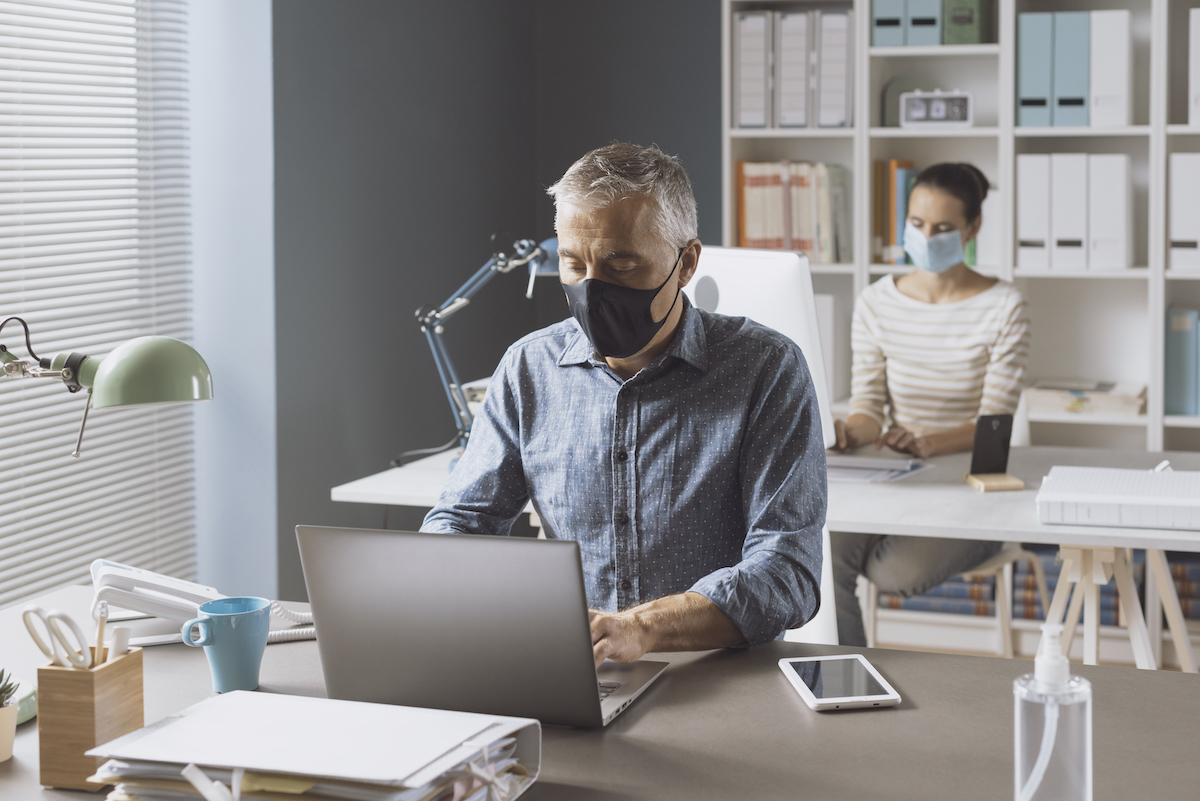You may have heard of the concept of “pre-certification” or “pre-screening” as your schools have begun to finalize and practice the new safety measures for returning to school. Safety recommendations for re-opening schools and organizations frequently include the use of pre-visit temperature checks or other measures to pre-certify that those seeking attendance are not displaying COVID-19 symptoms.
Many schools are being required to certify the health status of their staff and students; however, they are not necessarily told how they are going to do that. Once the districts began strategizing the process, they quickly recognized the enormity of what it would take to successfully implement that process. As schools prepare to adjust to the needs of safety measures influenced by COVID-19, many of the leaders and parents are wondering how a pre-certification process works for pandemic safety and how it can be maximized for not only safety, but efficiency.
There are numerous variations on how pre-screening can be administered, but most center around the concept of sending and receiving health safety information from the parents of students or school staff prior to arriving at school. To address the logistical complications of contacting, obtaining, and organizing all of the information required to perform a credible pre-screening system, many schools and organizations are turning to technological solutions to help streamline the process while ensuring the data secure and easy to analyze.
For example, a school district might utilize a digital pre-screening solution that would allow them to send a daily email reminder or notification to staff and the parents of students. Once they receive the notification, staff and parents would click on the link provided and complete the health survey as it relates to them or their child. The questionnaire generally takes between 15 and 30 seconds to complete, and the school district would instantly receive the information.
Parents and staff may be a little curious about the details of the health survey and how challenging the process may be. The streamlined nature of the digital health survey email allows it to be very quick and easy to complete. The survey asks all the necessary questions to establish the health status of your staff and students prior to entering the building. This allows both parents and staff to determine whether they should come to school before they actually enter the building. This process, combined with other safety measures you implement, ensures the highest level of safety achievable, and shows who is actually eligible to enter the building. Based on how the questionnaire is answered, staff and parents will also be given guidance on next steps: quarantine, consulting with a primary care physician, etc.
It's not uncommon to have concerns regarding the security of the safety data being collected in the pre-certification process. Given the personal nature of health information, it’s natural and expected to ensure that information is kept private and secure. Luckily, safety technology is developed for this process to keep data completely secure. CrisisGo, for example, has several levels of security built into the program, and because we are handling student and staff information, required to be compliant with HIPAA and FERPA.
While each school district will face its own unique challenges for finding a way to successfully pre-screen their staff and students, there are technological solutions that can greatly help ease the burden. CrisisGo’s Safety iPass solution, for example, is designed to divide the workload between the school staff and parents, all the while collecting actionable data for use in driving informed decisions. We encourage you to consider how technology can be used to improve safety for your schools and better equip your students, staff, and community to remain safe through the pandemic while navigating this new ‘norm.’












(1)